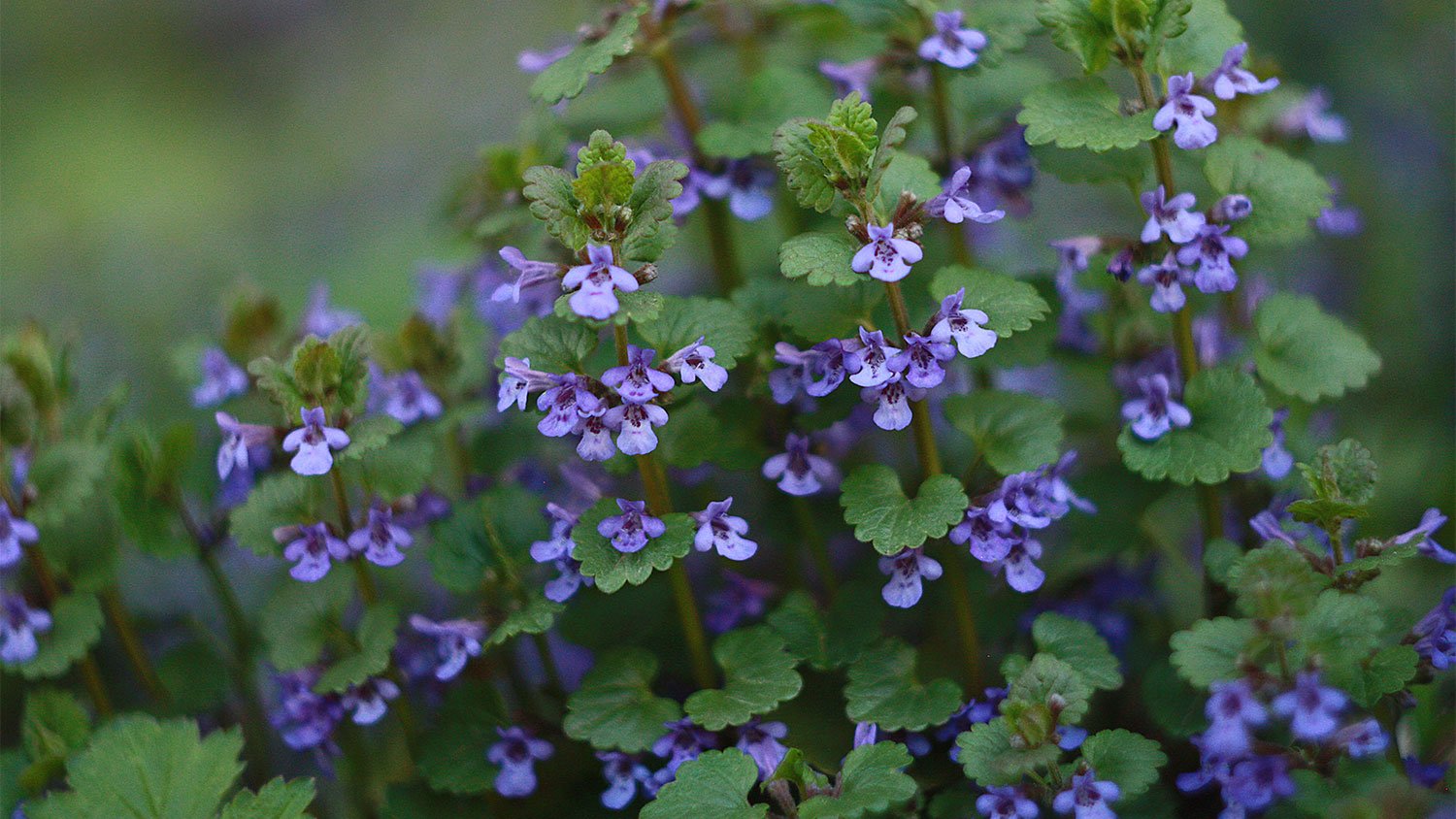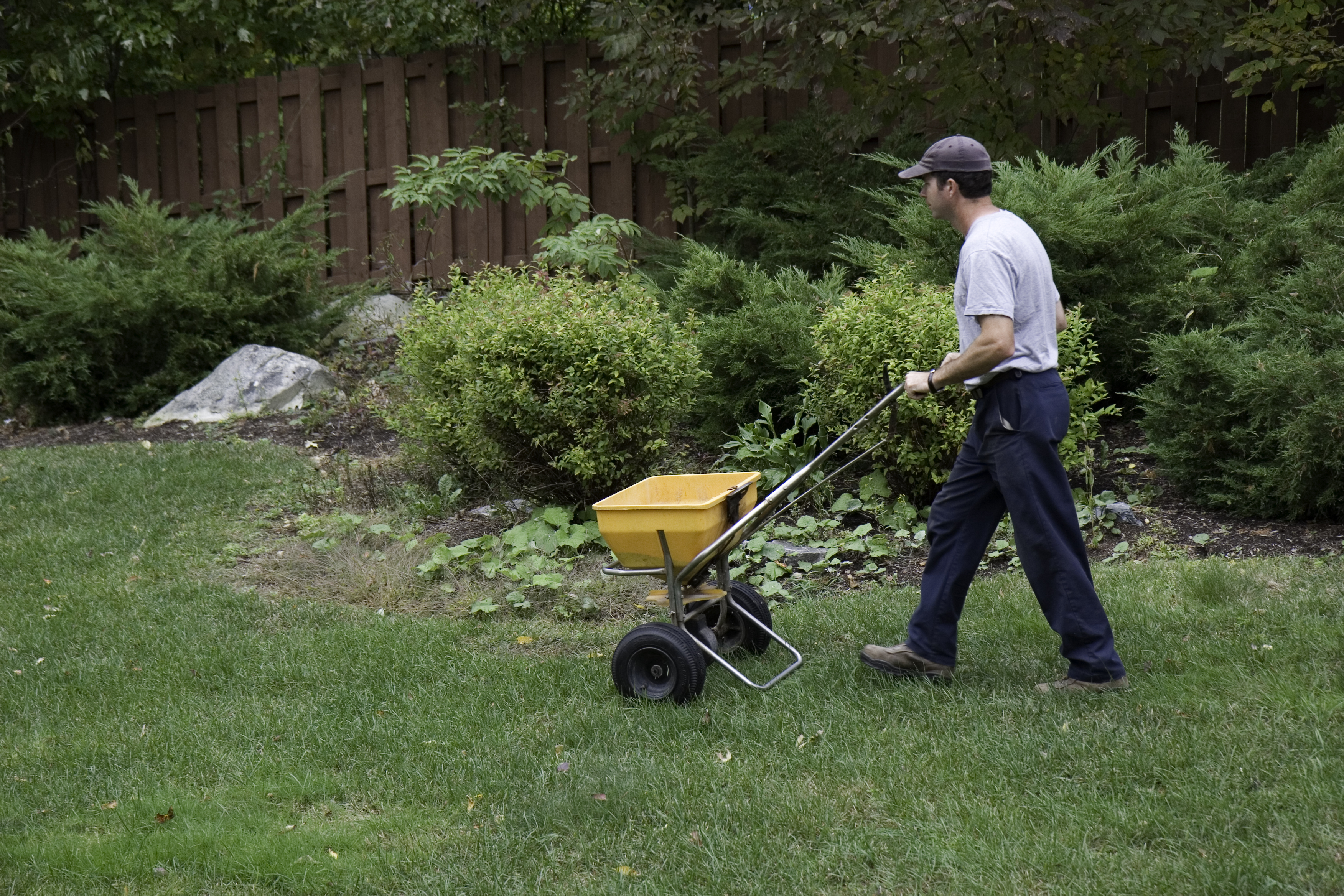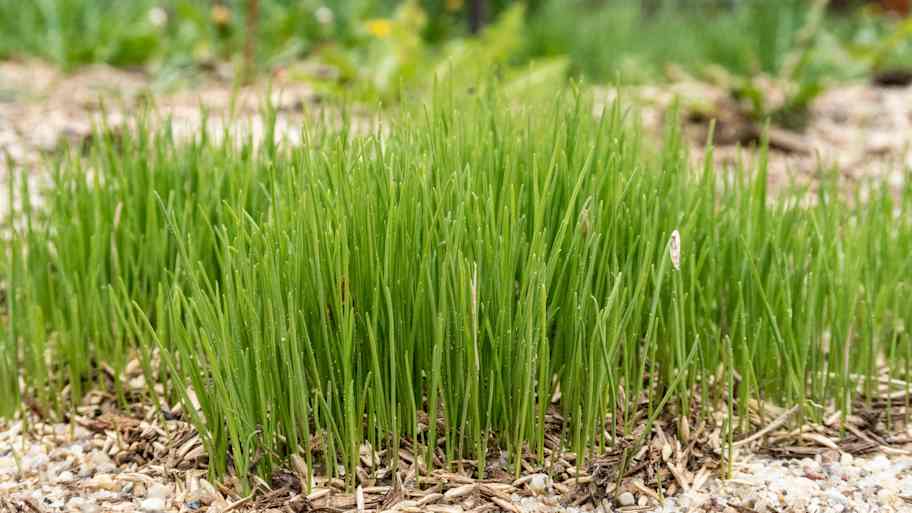
Get transparent power seeding cost info to learn what impacts pricing, how to save, and whether to DIY or hire a pro for your lawn’s best results.
No creepers allowed in my yard


Once a helpful ground cover; now Charlie’s a stubborn weed.
Charlie’s quick creeping makes it hard to kill.
Gardeners can dig, smother, or spray it with vinegar.
A broadleaf herbicide is good at controlling Charlie.
Healthy grass helps fight off a creeping Charlie invasion.
If you’re on a mission to grow the greenest lawn in the neighborhood, creeping Charlie is a visitor you don’t want to see. It’s true the plant, with its charming purple flowers and deep green leaves, can be a pretty addition to your porch in a hanging container or pot. However, its ability to quickly overrun areas if it’s not contained is problematic.
The fast-growing, invasive weed can take over if you don’t keep a watchful eye on your yard. If you like the look of creeping Charlie, plant some clippings in containers or pots to enjoy all summer long. For uncontained Charlie weeds, proactively practice lawn care that prevents weeds and stomp out this intruder before it gets a stronghold.
Creeping Charlie is a common garden weed that has a long history that began outside of North America. It’s a perennial broadleaf weed in the mint family.
The Charlie plant is native to Europe and was brought to North America as a medicinal and ornamental plant. Visually pleasing if contained, its aggressive nature evolved its reputation from a helpful ground cover to a hard-to-kill lawn weed.
A creeping Charlie plant has a long, extensive vine system with dark green, scalloped edge fuzzy leaves, and violet, funnel-shaped blossoms. It quickly spreads by seeds and rooting at the nodes, creating a carpet-like ground cover. When you crush a creeping Charlie leaf, it produces a mint-like aroma.
Charlie is a perennial plant that comes back every year. It blooms in the spring and summer and dies out in the fall and winter.
Creeping Charlie weed grows throughout most of North America. It likes living in shady areas in rich, moist soil, although you’ll occasionally find it basking in full sunlight. You’re likely to see it growing and spreading under trees, shrubs, and where there’s thin patches in your yard.
The plant’s actual name is Glechoma hederacea. If you research it or discuss it with another gardener, they may also refer to it as ground ivy, Alehoof, Catsfoot, and gill-on-the-ground.
If, despite your best efforts, Charlie weed ends up with a stranglehold on your lawn, you don’t have to live with it. While tough, it’s not impossible to kill. Use one or more of these ideas for killing creeping Charlie and taking back your yard.
If you have children or pets, you may want to opt for the chemical-free options for killing creeping Charlie.
Don some gardening gloves and protective clothing because some people are allergic to this resilient yard weed. Rip the offending ground ivy out of your yard a piece at a time. This solution has its drawbacks because of the plant’s extensive root system. Getting all of it out of your yard is difficult, especially if it’s covering large areas.
Even though Charlie loves shady areas, the plant needs a bit of sunlight to generate energy to survive and grow. Cover the weed with cardboard, a tarp, or newspaper. Make sure you extend the coverage past the vines about 6 inches to block the root system from sunlight, too.
Give it several days and check underneath to see if the ground ivy is brown and shriveled. If it is, pull it up and dispose of it.
Horticultural vinegar is a DIY way to kill weeds in your yard. Add 2 cups of horticultural vinegar and 1 cup of warm to a spray bottle. Set it to the “stream” setting.
Spray every plant leaf and stem thoroughly and douse it close to the root. Be prepared to treat the stubborn weed multiple times before the solution completely kills it off. Remove the dead plant from your lawn.
Using a postemergence broadleaf herbicide is a trusted weed killer and one of the fastest, most effective ways of eradicating creeping Charlie from your yard.
Look for a weed control product that contains active ingredients like triclopyr or Dicamba DMA salt herbicide. Apply your broadleaf herbicide in late fall after the first frost, and again in late spring once it’s in bloom.
Follow the directions for using the herbicide and apply it on a day when there’s little wind and no rain in the forecast.

Whoever said an ounce of prevention is worth a pound of cure had probably fought weeds at least once in their life. Keeping your lawn grass Charlie-free is a smart gardening goal.
Block this aggressive weed from gaining ground by:
Minimize the moist, shady area that creeping Charlie finds most inviting. Prune back your trees and shrubs to let the ground beneath receive more sunlight.
Moist soil is a safe haven for Charlie to thrive and spread. Address this by adding organic matter to your soil. This helps the ground drain off moisture more effectively. You can also water one time less a week if your trees and shrubs can withstand it.
Weak, thin lawns leave an easy path for Charlie weed to move in and prosper. If your yard is lacking, start a lawn care routine. Mowing it to 2 inches regularly, watering it properly, aerating your soil, and fertilizing it according to your grass type will build a healthy lawn that’s less susceptible to creeping Charlie.
It’s important to choose the right turf grass for your lawn. If the grass isn’t shade tolerant and doesn’t match with your climate, soil, and watering process it won’t look as good or be as healthy and lush as others that are better matched.
Depending on the area and your preference, you might want to get rid of grass altogether and add some lawn alternatives to grass or some shade-loving plants to your landscaping. Hostas are a beautiful ground cover choice. They thrive in the shade and could go toe-to-toe with Charlie in competition for your yard’s real estate.
Fending off creeping Charlie may be an ongoing battle. For professional weed control, reach out to a local weeding service to handle it for you.
Tending your lawn religiously helps thwart ground ivy from spreading through your yard. By mowing, following essential lawn watering tips, fertilizing, and overseeding, you keep creeping Charlie and other invasive weeds at bay.
Weeds are opportunists that look for a way to creep into your yard or flower bed. Thin, unhealthy grass is a green light. If you have problems cultivating a rich, vibrant turf, you may be working with the wrong grass for your yard.
Think about starting over by choosing the right grass seed for your lawn that’s better suited for your soil and climate. Not sure how to choose the right grass? Ask a local professional landscaper what they recommend.
From average costs to expert advice, get all the answers you need to get your job done.

Get transparent power seeding cost info to learn what impacts pricing, how to save, and whether to DIY or hire a pro for your lawn’s best results.

Wondering how much fertilizer costs?’ We’ve got you covered, with answers based on the size of your yard, type of fertilizer, and whether you hire a pro.

Brown patches on your lawn may occur for several reasons, including lack of sunlight and overfertilization. Learn how to treat and prevent patches.

When it comes to drop spreaders versus broadcast spreaders, knowing the differences between them will help you make the right choice for your outdoor setup.

Ready to give your yard a fresh start? With these tips for grass seed planting, your lush lawn dreams are one step closer to becoming a reality.

Lend your lawn a hand by knowing the best fertilizer for starting grass—and when to apply it. Getting it right is essential for a healthy lawn.